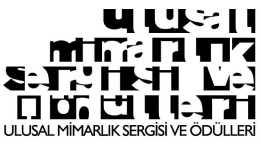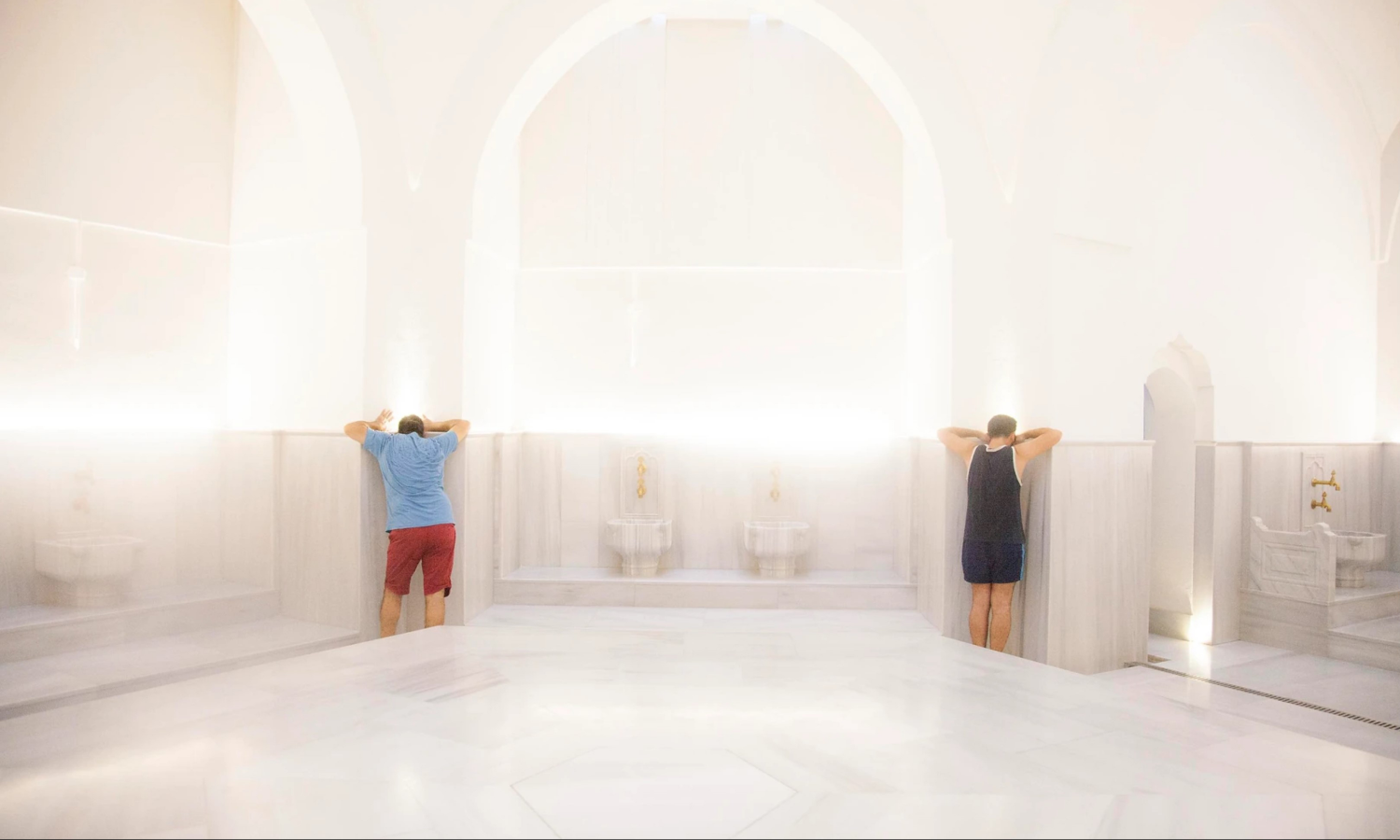History
The Kılıç Ali Paşa Hamamı was built by the great Ottoman architect Mimar Sinan between 1578 and 1580. Commissioned by Kılıç Ali Pasha, hailed as the “conqueror of the seas,” the bathhouse was built to serve the mariners of Tophane, Istanbul’s seafront district. This freestanding structure is a rare example of a bathhouse whose entire exterior can be seen in full. Its magnificent main dome, which is 14 meters wide and 17 meters high, is the second-largest dome gracing a hammam in Istanbul.
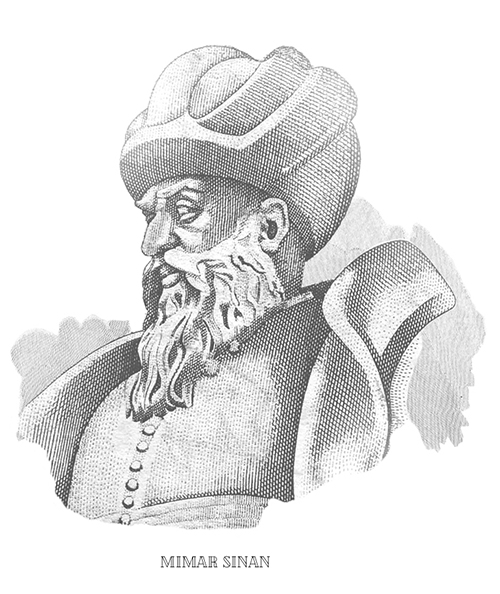
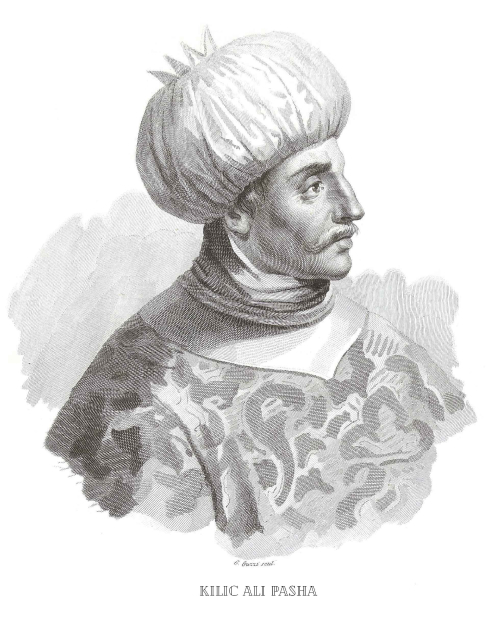
The legend of Kılıç Ali Pasha
Kılıç Ali Pasha was one of the greatest admirals in Ottoman naval history. Born Giovanni Dionigi Galeni at the beginning of the 16th century in Calabria in southern Italy, Kılıç Ali Pasha was captured by the Ottoman navy and forced to work as a galley slave. After taking part in several battles, he converted to Islam, changing his name to Uluç, or the Great, Ali. His skills and success in battle soon earned him his own galley and the rank of captain, and he became known as one of the boldest corsairs in the Mediterranean Sea. He continued to rise through the ranks, and in 1568 Sultan Selim II appointed him governor, or beylerbeyi, of Algiers.
The turning point in his career came at the Battle of Lepanto in 1571, after which he was given the honourary title of Kılıç, or meaning the Sword, and named Kaptan-I Derya, or chief admiral. He appears in literature under various names: In Italy, he is referred to as Occhiali, while Miguel de Cervantes called him Uchali in his epic novel Don Quixote.
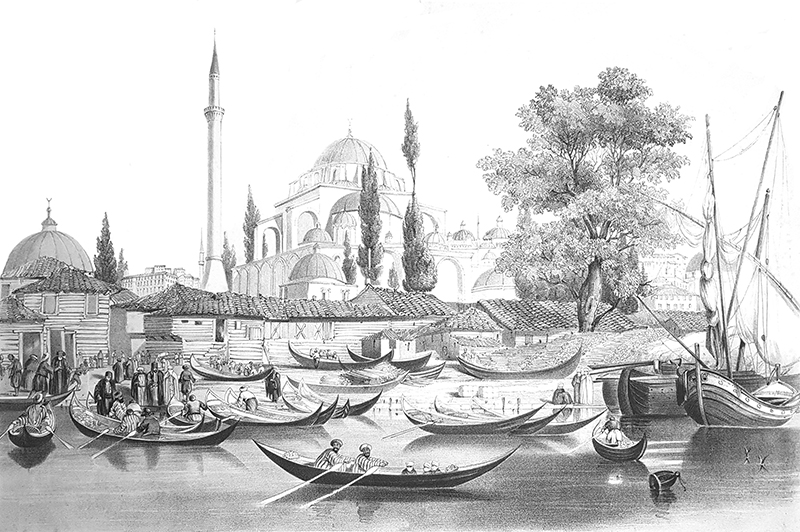
Kılıç Ali Paşa Hamamı
Commissioned by the celebrated Ottoman admiral Kılıç Ali Pasha as part of a mosque and school complex, the Kılıç Ali Paşa Hamamı was constructed between 1578 and 1583 to serve the levends, members of the Ottoman naval forces, by the great architect Mimar Sinan. Famed for its architectural innovations and majestic dome, the monument is one of the symbols of Tophane, Istanbul’s historical harbour district.
Kılıç Ali Paşa Hamamı reopened in 2012 after seven years of meticulous and intensive restoration. Today, we endeavour to provide you with an unforgettable experience in an unparalleled historical setting.

